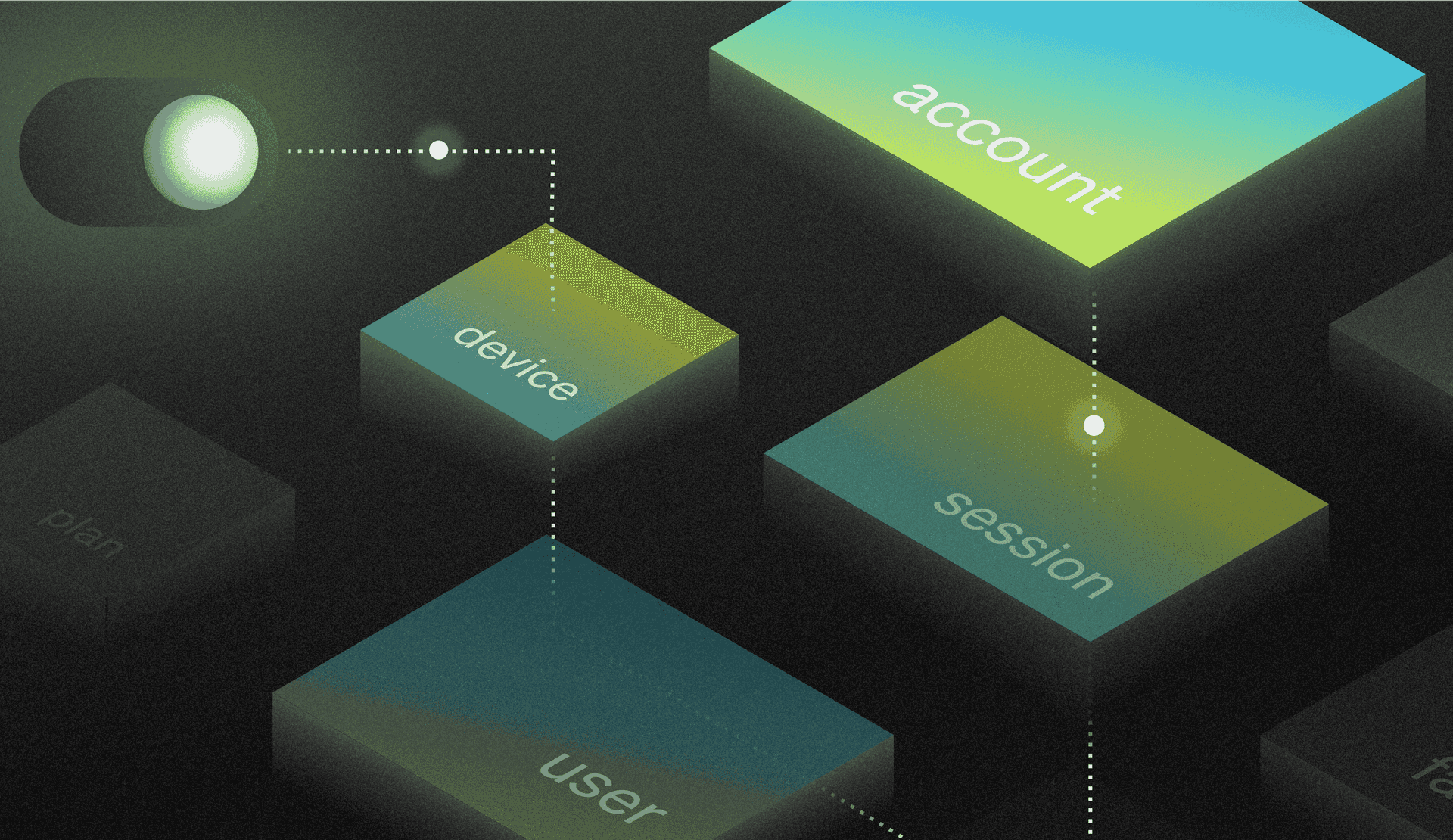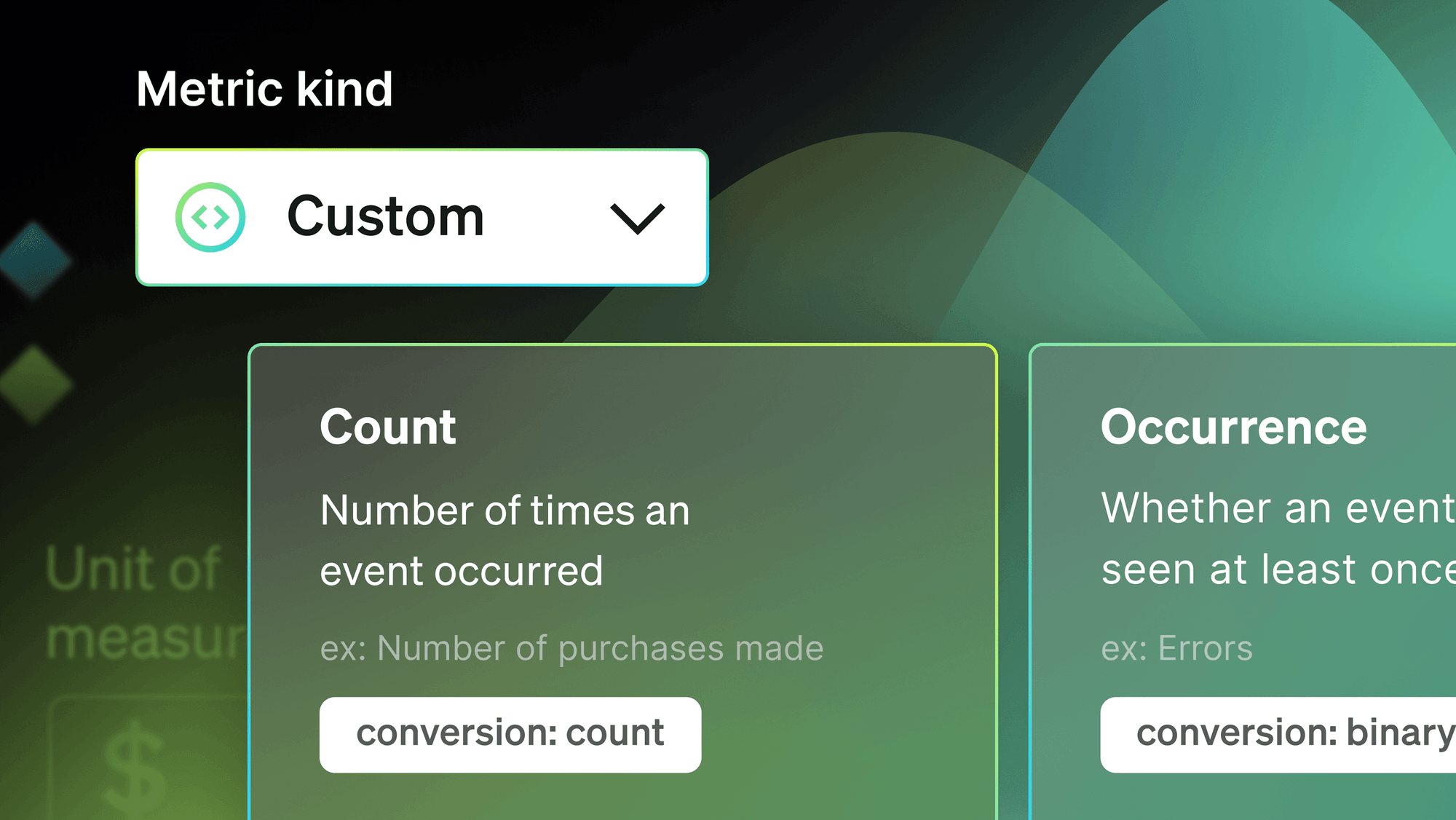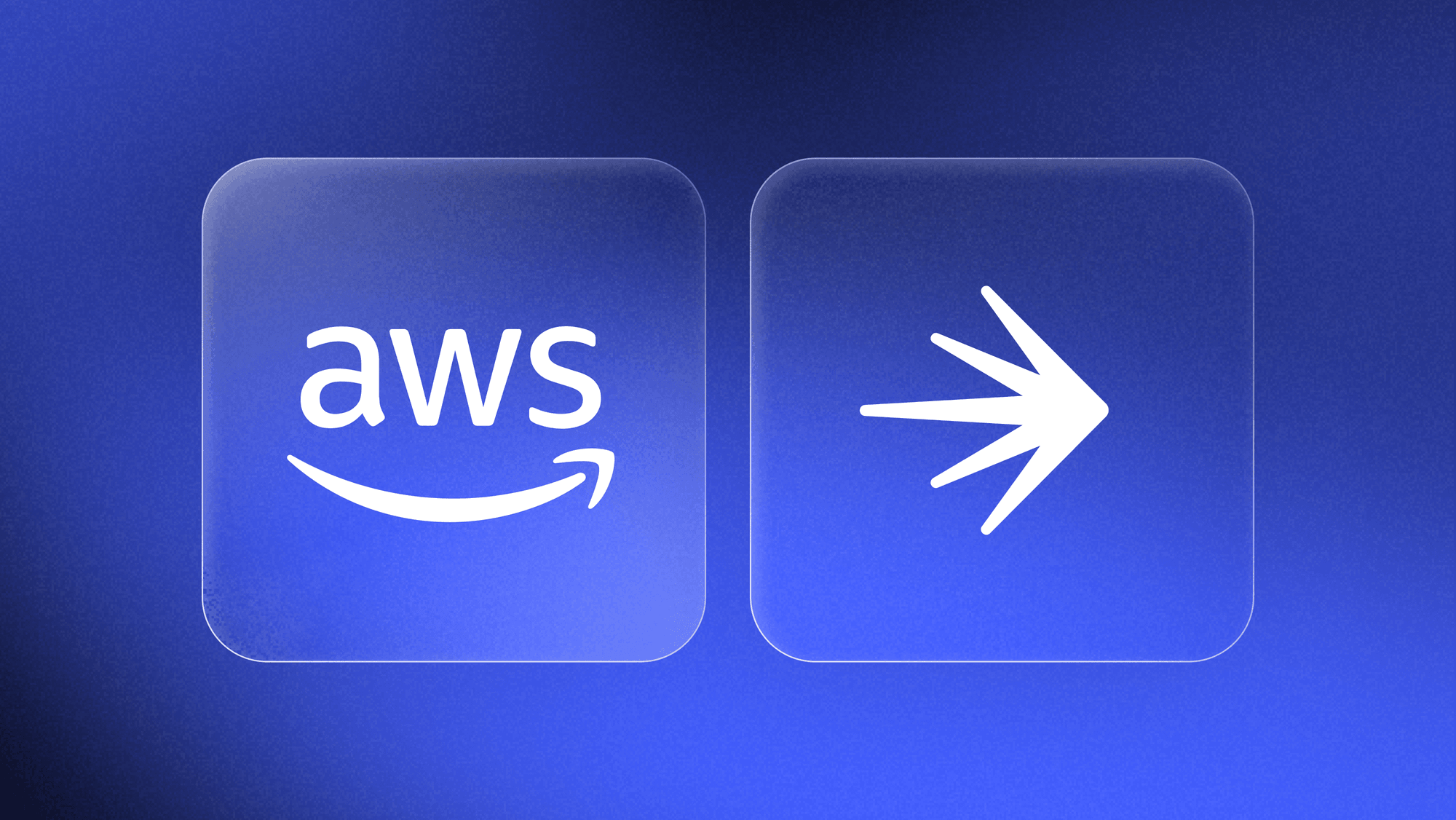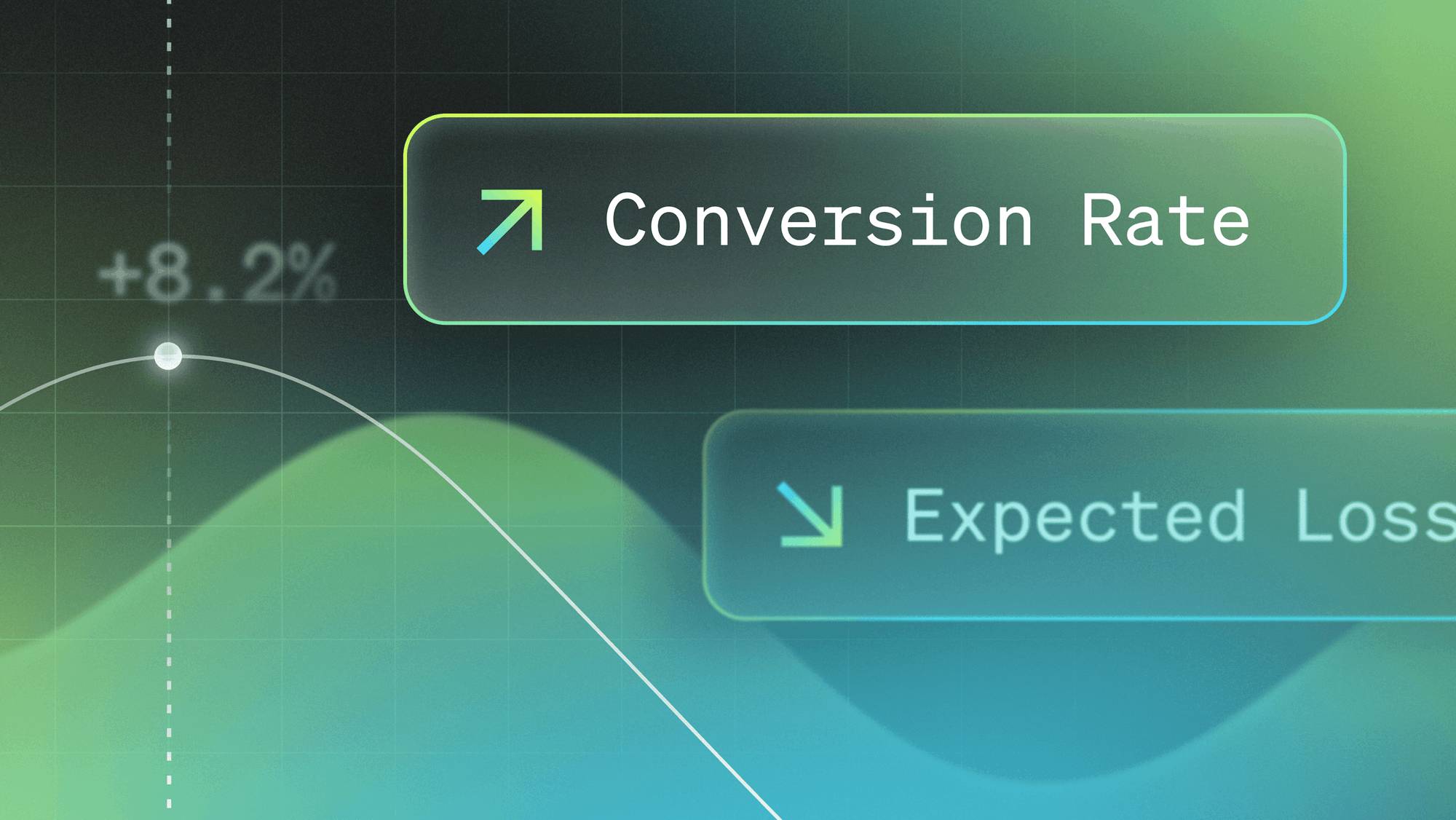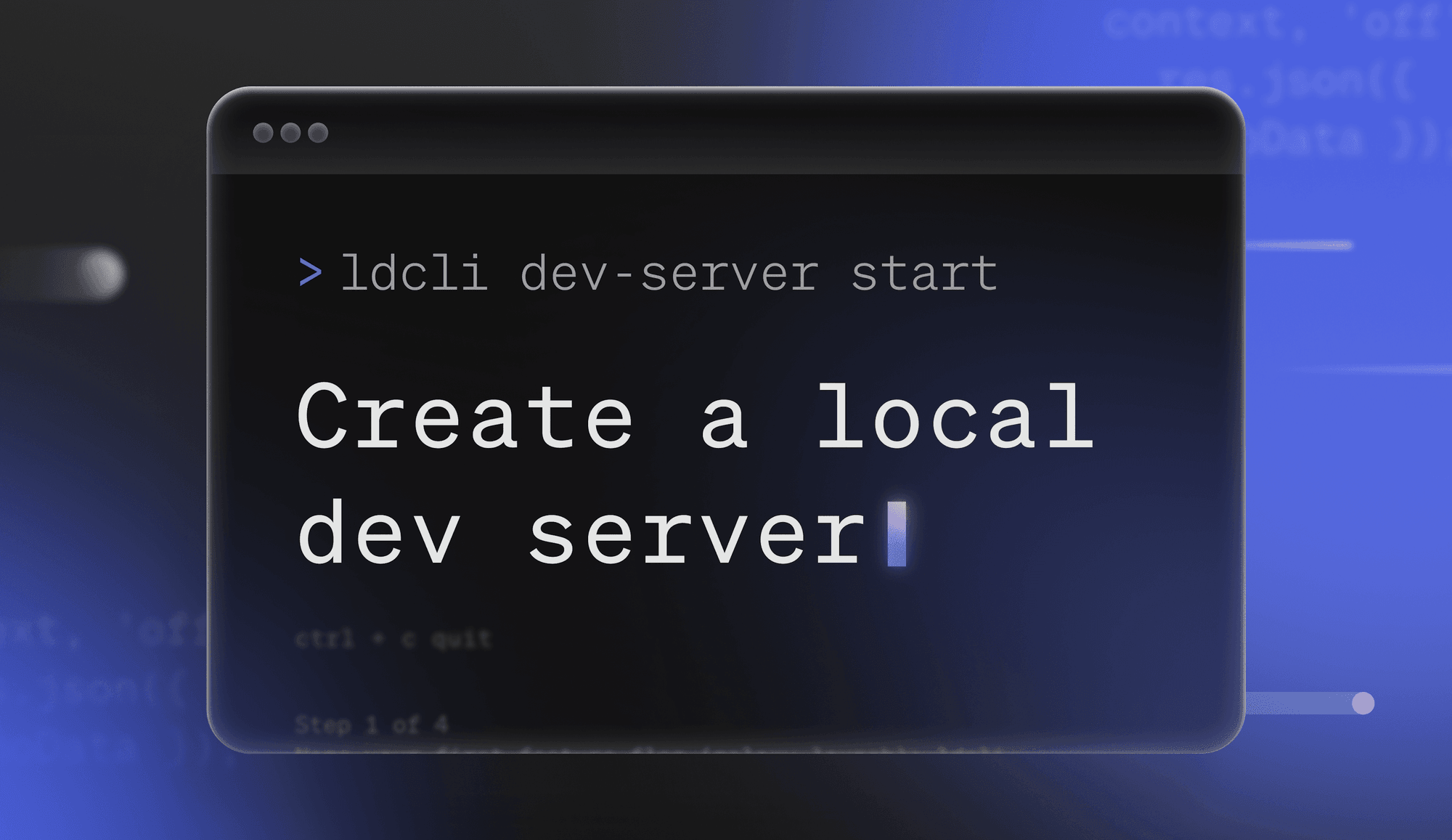Feature flags aren’t just for users anymore; they’re for everything.
To unlock new use cases and eliminate second-class workarounds, you can now define, experiment, and target based on custom contexts that are uniquely relevant to your business. Are you a media platform that delivers to devices? A project management software that releases to specific accounts? Or a healthcare organization that delivers updates to specific facilities? LaunchDarkly’s new custom contexts give your software deliveries unlimited flexibility.
With the launch of custom contexts, LaunchDarkly can now directly and accurately reflect your data model, your business language, and your release process—giving you clear and direct control over your product delivery and experimentation.
This is more than just a new feature, it’s a new core capability that elevates all of our features and products. With custom contexts, we’ve leveled up the heart of our mission to empower all teams to deliver, control, and measure their software.
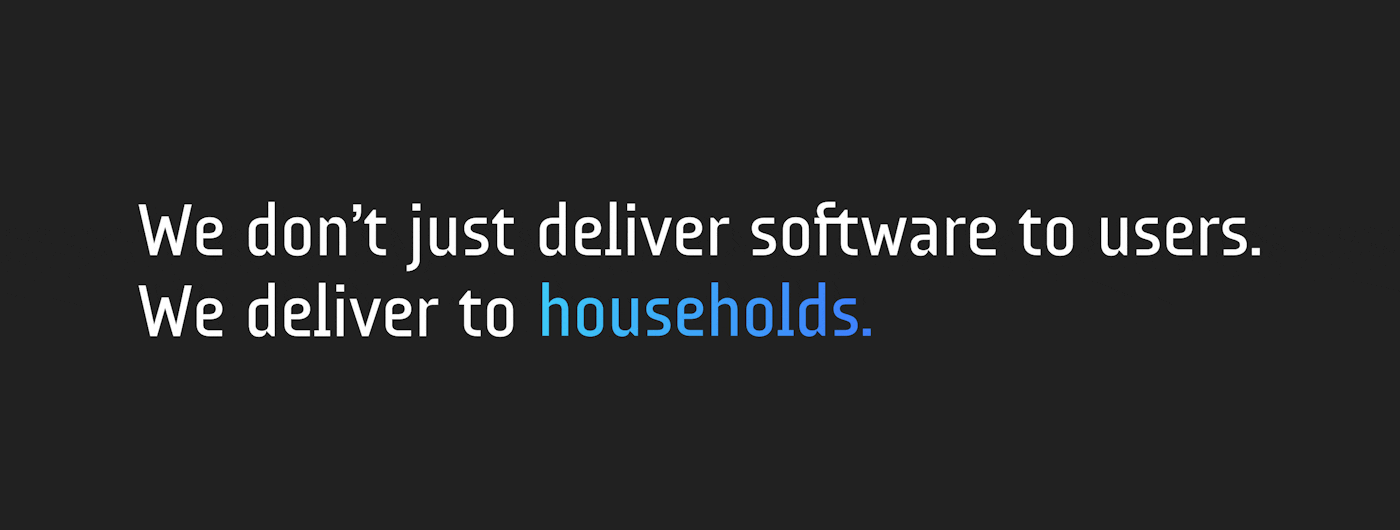
What are custom contexts?
Every other feature management tool limits your feature delivery to one kind of "thing" at a time. For most, this thing is restricted to a "user."
With LaunchDarkly’s custom contexts, you can deliver to as many kinds of things as you want, all at once. This increases power and control while reducing risk and technical debt.
With custom contexts, we’ve introduced two powerful new capabilities:
- Deliver to any kind of thing: When implementing LaunchDarkly, move beyond user targeting and instead define your own kinds of contexts that map to your business language, release process, or data model. Use these context kinds when defining flag targeting, running experiments, or building segments and workflows.
- Deliver to as many kinds of things as you want all at once: Custom contexts exponentially improve our capacity to define targeting rules and evaluate flag variations. We’ve gone from one-dimensional, user targeting to multidimensional targeting that we call “multi-contexts.” Instead of targeting and evaluating your flags based on one dimension (e.g. the "user" context) you can evaluate the user, device, and organization all together to ensure the correct variation is served. This level of fidelity is essential in eliminating risk and ensuring accuracy in complex deliveries.
We built this for all of us
One of the best parts about building software at LaunchDarkly is that we get to solve problems for ourselves as well as our customers.
As a company that delivers features to other companies, the typical paradigm of releasing features to “users” has been a frustrating constraint. We want to deliver to users, accounts, projects, and sessions all at once. In addition to using this internally, we have almost 100 early-access customers now delivering features to tenants, namespaces, facilities, applications, devices, vehicles, services, companies, and organizations.
Using your exact language, data model, and release process for feature management has a lot of value:
- Unlock new use cases in parts of your application that aren’t user-centric.
- Reduce implementation time for new projects by using your existing data model.
- Increase visibility into the impact of releases for the audiences you care about.
- Speed up developer workflows with first-class tools and auto-added context kinds.
- Reduce risk of complex releases through more direct control over your audiences.
- Expand targeting abilities by utilizing the full breadth of attributes in your data model.
- Understand relationships between your different kinds of audiences.
- Reduce technical debt through simpler targeting, segments, and more direct rollouts.
- Run more impactful experiments on your primary audiences and on specific browser sessions.
There’s no going back to doing software delivery without these capabilities. Custom contexts that can target multiple dimensions at once are a new foundational requirement for feature management.
Starting to use custom contexts
The great news is that if you aren’t quite ready to take advantage of the new value provided by custom contexts, no changes are required. Existing customers can continue their feature management activities per usual. The primary change with this release is that existing "users" are now contexts of the kind "user." Otherwise, all existing aspects of your LaunchDarkly implementation—flags, targets, segments, etc.—will remain the same.
For customers interested in making the move to custom contexts, you can get started by doing the following:
- Consider taking our LaunchDarkly Academy course on custom contexts.
- Plan the new context kinds you’d like to use.
- Upgrade to the latest version of your SDK(s).
- Start sending new context kinds.
- Use your new contexts for all net-new flags, segments, and experiments.
- Optional: update any permanent flags and segments as necessary.
To support this migration step, review our best practices for upgrading to custom contexts and adapt the migration tools we’ve open-sourced.
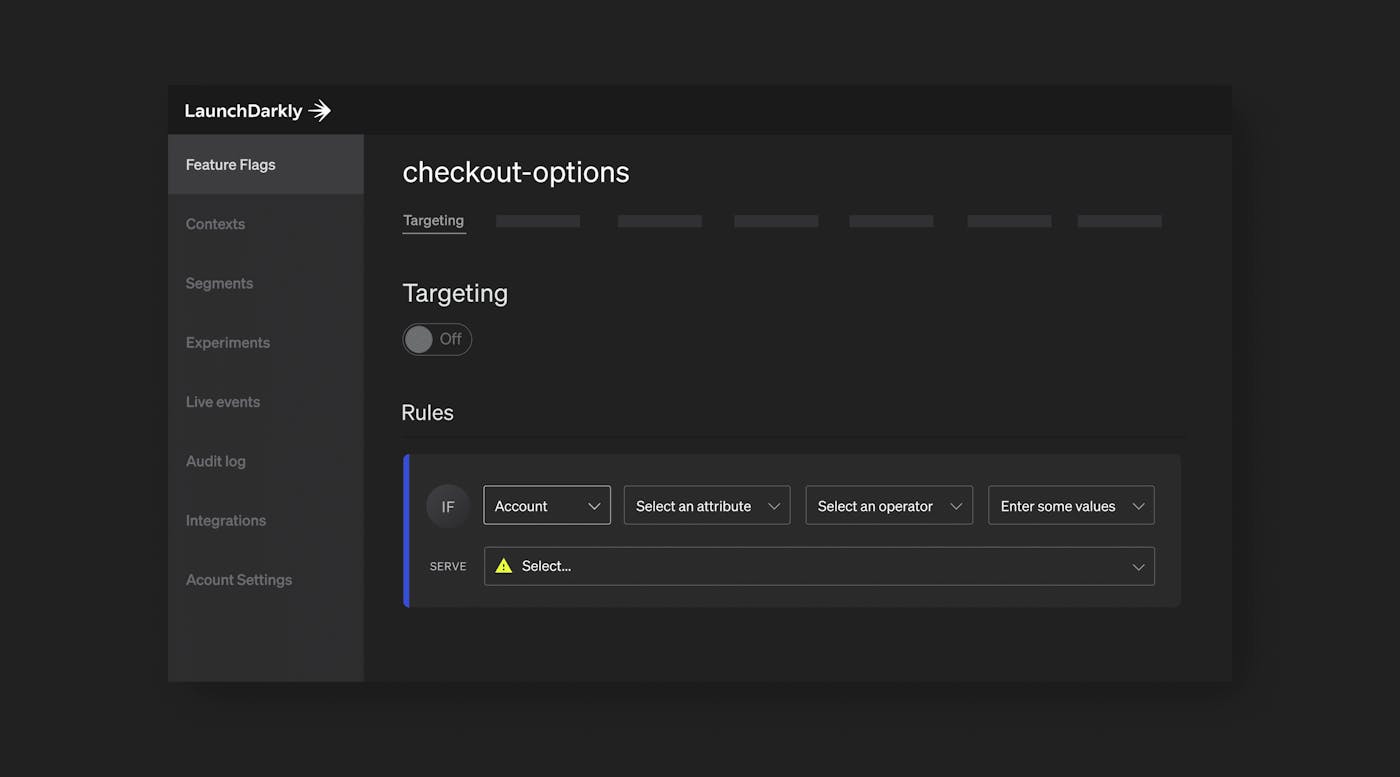
Real-world examples
Once you’re up and running you’ll unlock a number of improvements and flexibility for new use cases. Here’s how some of our customers can utilize custom contexts in the coming year to level up their delivery:
- A B2B SaaS company can target each account directly and build segments of accounts for each pricing plan, while targeting individual users at the same time. This enables them to run more relevant experiments, better manage early-access programs, and conduct percentage rollouts that ensure consistency within accounts.
- Because LaunchDarkly uses the language of their business, the teams at a large media streaming service won’t have to train new hires on a different data model for feature management. They will reduce risk and get increased visibility into their context data to ensure deliveries are going as planned.
- A national fast food restaurant chain can target a specific user in their mobile app, the device they’re using, and the specific store drive-through they’re waiting in based on franchise differences, regional produce availability, etc.
- When a medical records company wants to experiment with a new clinic form, they can roll it out to random facility contexts and ensure consistency within each hospital or outpatient center that is part of the experiment.
- As a global fitness and wellness platform rolls out features to their various regions, brands, individual facilities, and the members of those facilities, they have a clear way to ensure the right combination of audiences see the right experience.
We’re so excited to see how you use custom contexts! This is feature management without limits. Your data model. Your business language. Your release process.

.jpg)
